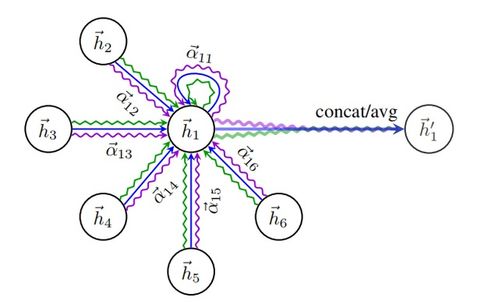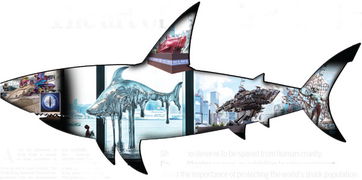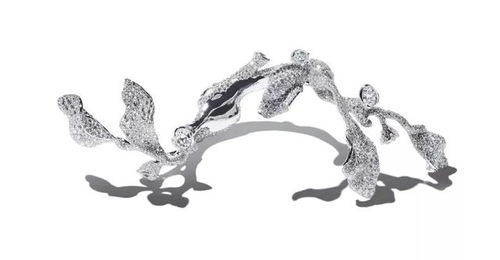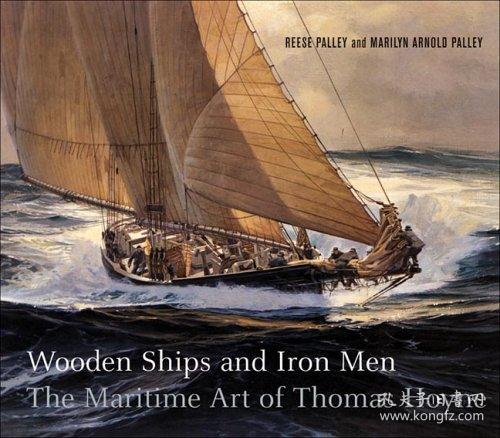Content:
After a devastating flood, the landscape is often chaotic and damaged, but for many anglers, the call of the wild still beckons. Despite the destruction, there are ways to adapt and continue the fishing tradition. Here are some post-flood fishing techniques and tips to help you reel in the catch amidst the chaos.
Assess the Water Conditions
Before you step foot into the water, it's crucial to assess the conditions. Floodwaters can change the water quality, temperature, and depth, which all affect fish behavior. Look for signs of receding water and stable conditions before you start fishing.
Choose the Right Gear
Fishing in floodwaters requires specialized gear. Here's what you should consider:
- Fishing Rods and Reels: Use rods and reels that can handle heavy loads and strong currents. A medium-heavy to heavy-duty rod with a good drag system is ideal.
- Lines: Choose a line that can withstand the strain of heavy fish and strong currents. Monofilament or braided lines are both good options.
- Hooks: Use strong, sharp hooks that are suitable for the type of fish you're targeting.
- Leaders: A leader of appropriate length and material can help you navigate through debris and avoid snags.
Select the Right Bait or Lure
Floodwaters can disrupt the natural food sources of fish, so you may need to adjust your bait or lure accordingly. Here are some options:
- Live Bait: Live bait such as worms, minnows, or crayfish can be very effective, especially if the fish are still adapting to the changed environment.
- Artificial Lures: Soft plastics, spinnerbaits, and crankbaits can mimic struggling prey and attract fish that are feeding aggressively.
- Scented Baits: Use baits with strong scents to attract fish that may be disoriented or stressed by the flood.
Focus on Debris-Rich Areas
Floodwaters often deposit debris, which can create excellent habitats for fish. Look for areas with logs, branches, and other debris where fish might seek shelter or find food.
Fish in Shallow Waters
After a flood, fish may congregate in shallow waters where they can find food and avoid predators. Cast your line into these areas and be patient, as fish may be cautious and less active.
Be Aware of Currents and Tides
Floodwaters can create strong currents and unpredictable tides. Always be aware of your surroundings and stay safe. If the currents are too strong, it may be best to wait until they subside before attempting to fish.
Adapt Your Techniques

In flood conditions, you may need to adapt your fishing techniques:
- Trolling: Trolling can be effective in floodwaters, especially if you're using live bait or a lure that can withstand the currents.
- Cast and Retrieve: Cast your line into the water and retrieve it slowly to mimic natural prey movements.
- Jigging: Jigging can be a great technique for fish that are holding tight to the bottom.
Stay Informed and Respect Restrictions
After a flood, there may be restrictions on fishing in certain areas. Stay informed about any local regulations or advisories and respect them to ensure the safety of both yourself and the environment.
Be Patient and Persistent
Fishing after a flood can be challenging, but with patience and persistence, you can still catch fish. Remember that fish may be stressed or disoriented, so it's important to be gentle and patient.
In conclusion, fishing after a flood requires adaptability, caution, and a willingness to change your approach. By following these post-flood fishing techniques, you can increase your chances of success and enjoy the great outdoors even in the wake of a natural disaster.












